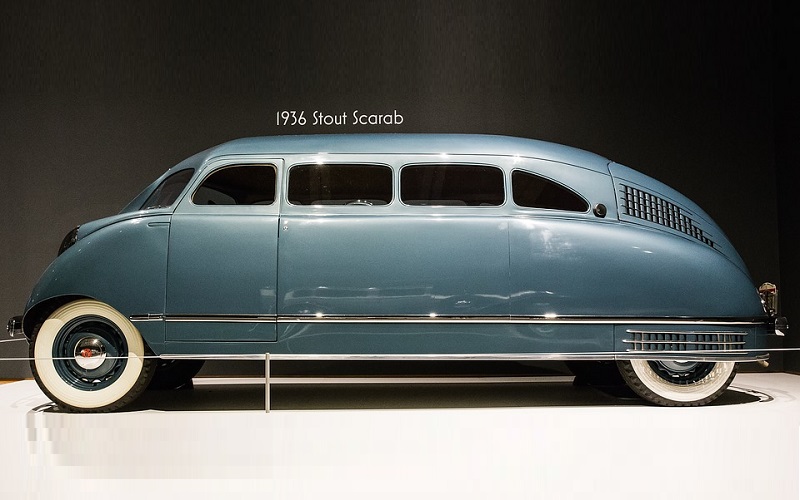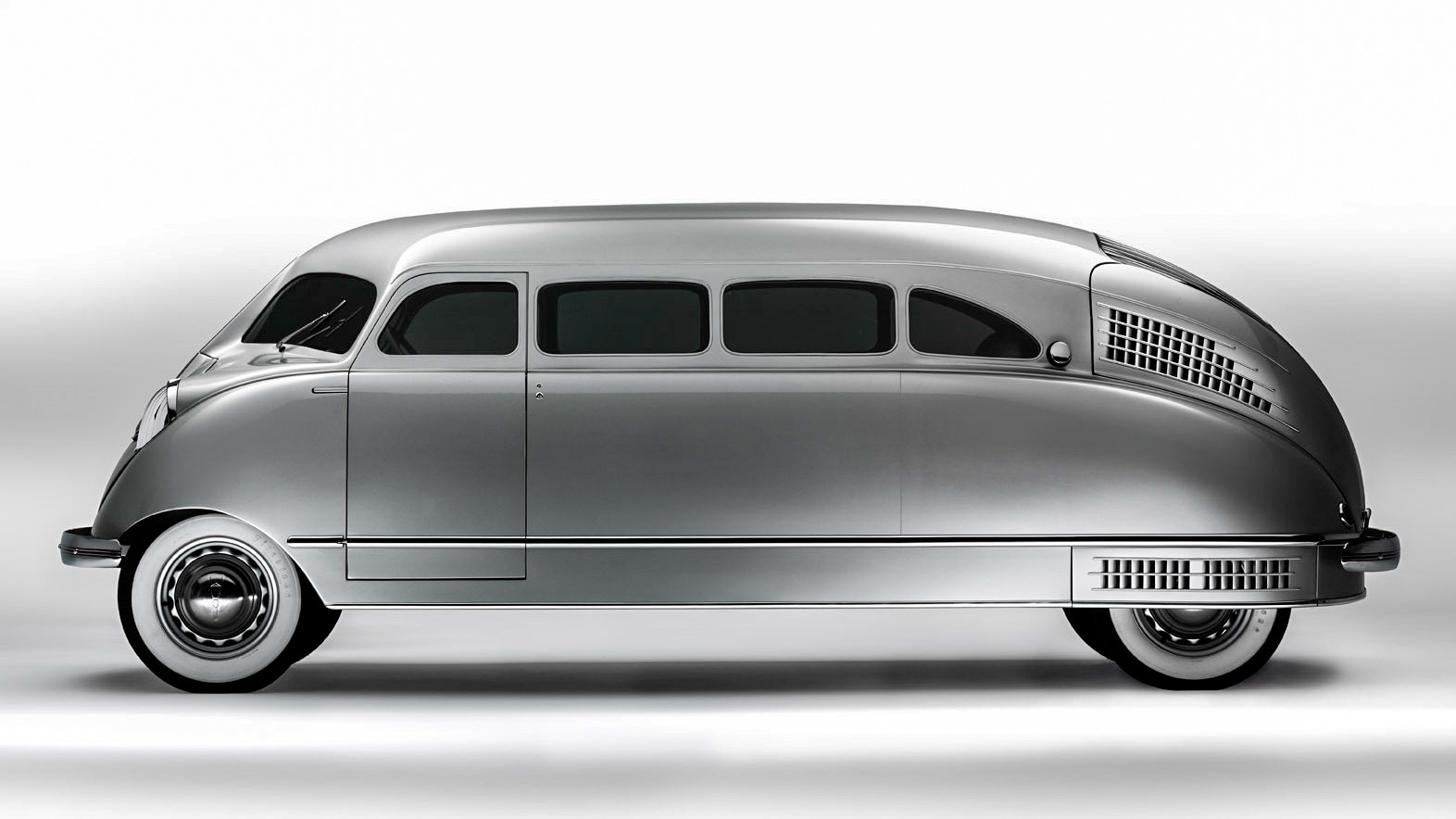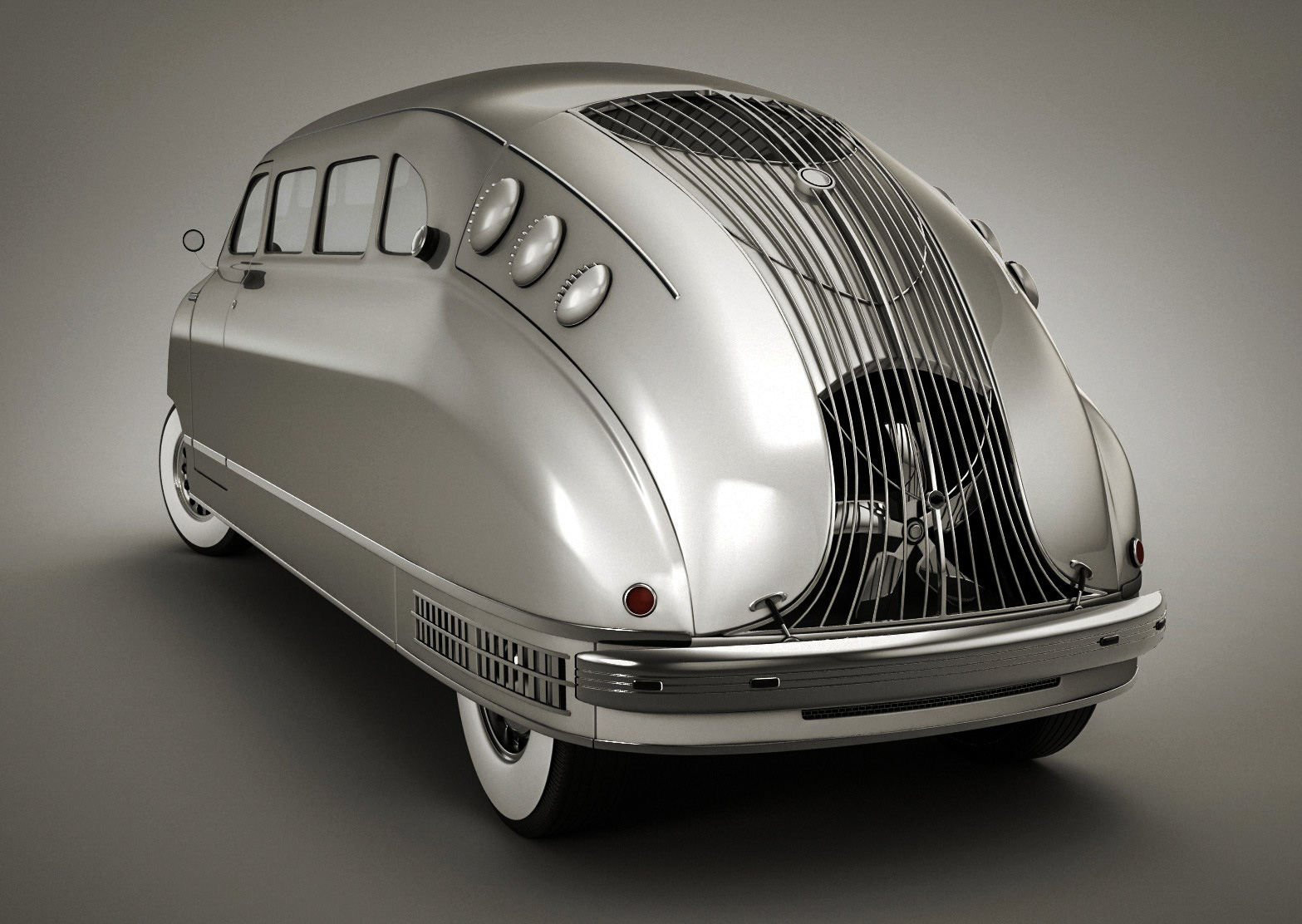1936 Stout Scarab
- Information
The history of automotive design is littered with bold attempts to create vehicles so different in how they look and how they work that they render obsolete everything that?s come before. The most daring of these are usually concept cars, which are not limited by practicality or government regulations and can therefore allow automakers to really push the limits. For its latest exhibit, the High Museum of Art in Atlanta has assembled 17 of the most beautiful, hideous, and strange automotive concepts ever dreamed up by man, from a 1934 Bugatti prototype up to an early iteration of the Porsche 918 Hybrid super car. What happens when creators balance aesthetics, functionality, and their personal vision of the future is one reason we love cars. That?s especially true when the results leave us wondering, How could anyone think this was a good idea?
The Stout Scarab is a 1930-1940’s American minivan. It was designed by William Bushnell Stout and manufactured by Stout Engineering Laboratories and later by Stout Motor Car Company of Detroit, Michigan. The Stout Scarab is credited by some as the world’s first production minivan, and a 1946 experimental prototype of the Scarab became the world’s first car with a fiberglass body-shell and air suspension.
Designer William Stout, who worked as an aircraft engineer before turning to automobiles, was a pioneer in integrating luxury and leisure into transportation. Stout Air Lines is credited with introducing flight attendants and in-flight meals. The Scarab draws on that idea; it’s a road-going diner car powered by a Ford V-8 tucked in the rear of the stretched aluminum body. The brand never took off, partly because at $5,000 (about $90,000 today), the Scarab was more expensive than the Packard’s and Cadillac’s of those days. Fewer than ten were produced.
- Pictures









- Videos
- Useful Links


